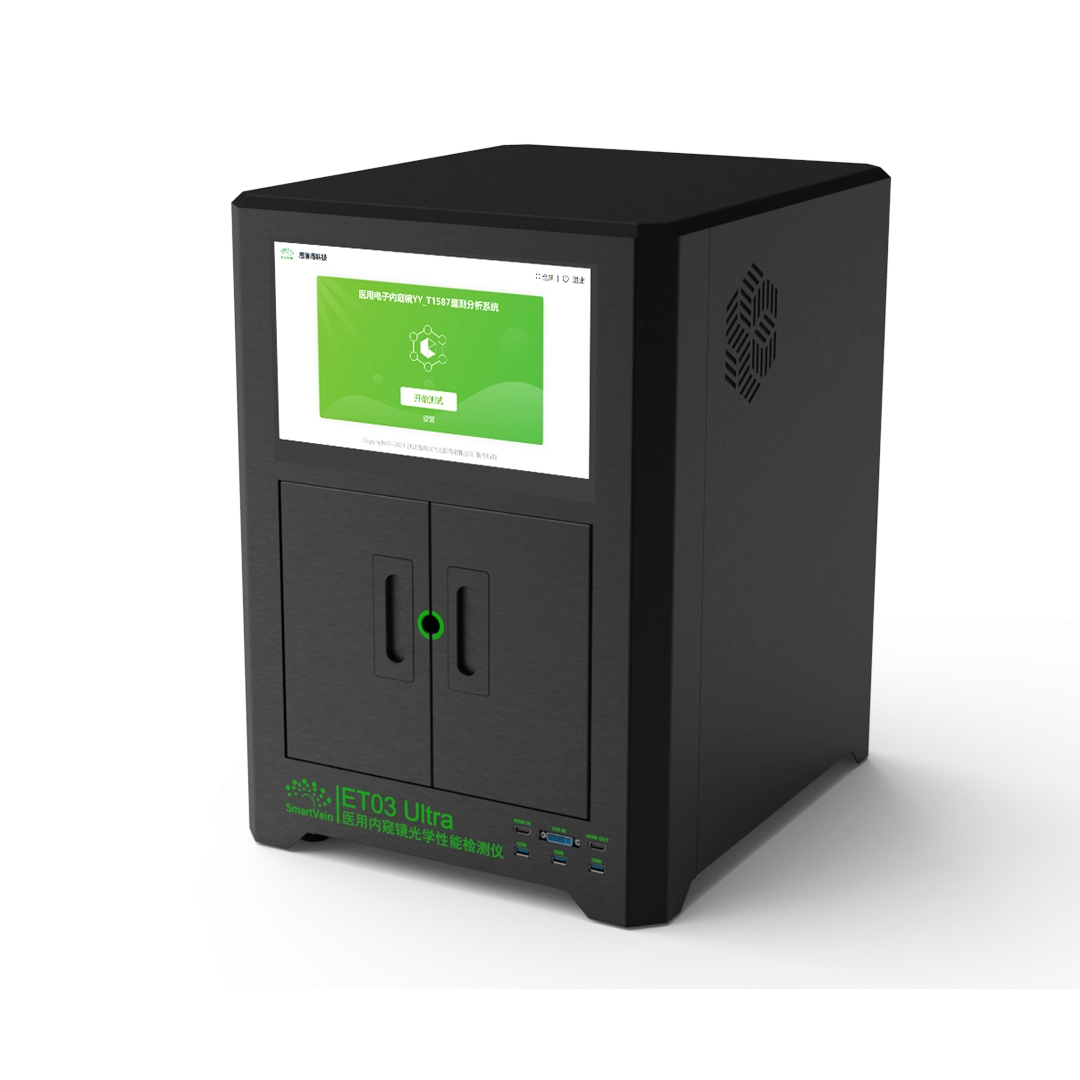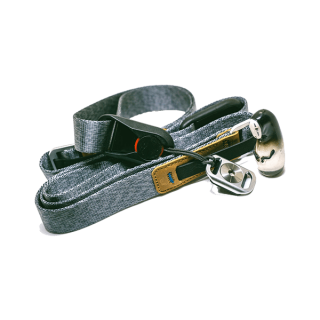Electronic endoscope testing equipment
Electronic endoscope testing equipment is a sophisticated diagnostic tool leveraging optical imaging and digital technology.
Product advantage
Strong compatibility
Image capture compatible with multiple interfaces
Automatic test
Automatic image acquisition, automatic switch test card,
Export test reports automatically
Complete test
YY/T1587 Full optical test
Probe positioning
Newly upgraded illuminometer probe automatic positioning
|
Performance parameter |
Standard EDITION |
Touchscreen version |
|
Test working distance |
5-50mm(customizable) |
5-50mm(customizable) |
|
Field Angle test range |
0-120°(customizable) |
0-120°(customizable) |
|
Compatible with endoscopic sizes |
3-10mm(customizable) |
3-10mm(customizable) |
|
Test host |
Customer configuration |
Already built in |
Overview
Electronic endoscope testing equipment is a sophisticated diagnostic tool leveraging optical imaging and digital technology. Widely used in medical, industrial, and scientific research fields, it captures high-resolution images of target areas via built-in cameras, processes them in real time, and displays or stores the data. Compared to traditional endoscopes, this technology offers advantages such as non-invasiveness, ultra-high clarity, and remote operability, making it an essential asset for modern diagnostics and industrial maintenance.
Operating Principle
The core principle revolves around capturing visual data through an internal optical lens or fiber-optic bundle. A miniature camera converts light signals into electrical signals, which are then enhanced by an image processor before transmission to a display screen. Advanced models integrate sensors like CMOS (Complementary Metal-Oxide-Semiconductor) or CCD (Charge-Coupled Device) to boost imaging precision. These devices also support digital storage and analytical functions. During operation, flexible probes navigate confined spaces—such as human body cavities or mechanical interiors—to facilitate dynamic observation and data collection.
Applications
1. Medical Field:
• Gastrointestinal, respiratory, and reproductive tract diagnostics.
• Minimally invasive surgery assistance and in vivo tissue biopsy.
2. Industrial Sector:
• Internal defect detection in pipelines, turbines, engines, and weld quality assessment.
3. Scientific Research:
• Microstructural observation and data acquisition in controlled environments.
Key Features & Functions
1. Ultra-High Resolution: Supports 4K imaging with advanced algorithms for enhanced detail clarity.
2. Integrated Tools: Built-in lighting, measurement tools, video recording, and playback capabilities.
3. Flexible Design: Articulating probes for navigating complex anatomical pathways or machinery interiors.
4. AI-Powered Analytics: Premium models incorporate AI-driven algorithms for automated anomaly detection/classification.
Design Specifications
• Compact Structure: Probes must fit within narrow biological cavities (e.g., blood vessels) or industrial conduits.
• Biocompatibility: Medical-grade devices use titanium alloys, medical silicone, or antimicrobial coatings.
• Durability: Industrial-grade models withstand extreme temperatures, corrosion, and mechanical stress.
• User-Centric Interface: Intuitive controls, wireless connectivity, and multi-device synchronization.
Materials Selection
• Optical Lenses: High-transmittance glass or resin for distortion-free imaging.
• Probe Housing: Medical-grade titanium or biocompatible polymers; industrial-grade carbon fiber for strength.
• Sensors: CMOS (low-power, high-sensitivity) or CCD (high dynamic range).
• Cabling: Flexible shielded wires to minimize signal interference and ensure longevity.
CDMO Partner Selection Criteria
When partnering with a Contract Development and Manufacturing Organization (CDMO):
1. Technical Expertise: Specialized optical systems or embedded software development capabilities.
2. Certifications: Compliance with ISO 13485 (medical) or ISO 9001 (industrial) standards.
3. Vertical Integration: End-to-end control from prototyping to mass production.
4. IP Protection: Robust non-disclosure agreements and cybersecurity protocols.
5. Cost-Efficiency: Balanced timelines and scalable manufacturing solutions.
OEM/ODM Service Models
• OEM Contract Manufacturing: Brands provide designs; CDMOs handle production (ideal for standardized products).
• ODM Contract Manufacturing: Collaborative design optimization with customization (suited for niche applications).
*Key Considerations*: Define intellectual property rights, quality benchmarks, and post-sales support. Prioritize vendors with modular production lines and agile R&D capabilities.
Sector-Specific Solutions
• Medical: Disposable flexible endoscopes to reduce infection risks.
• Industrial: Thermal imaging integration for real-time temperature monitoring in machinery.
• Scientific: Multi-spectral imaging and 3D reconstruction tools for advanced research.
By aligning technology with application-specific needs, electronic endoscopy equipment continues to redefine diagnostic and industrial paradigms as a cornerstone of cross-disciplinary innovation.
https://www.smartveingroups.net/Electronic-endoscope-testing-equipments.html







Reviews
There are no reviews yet.